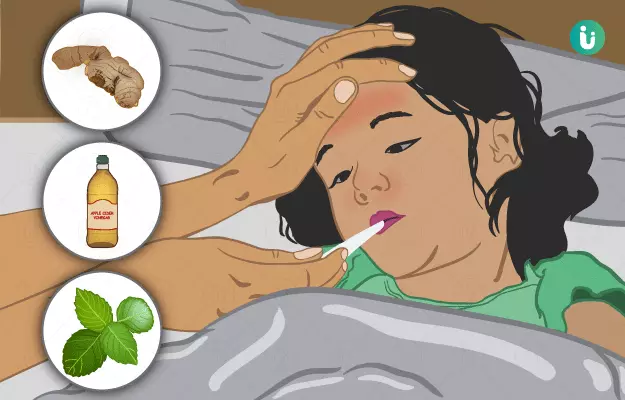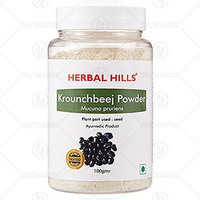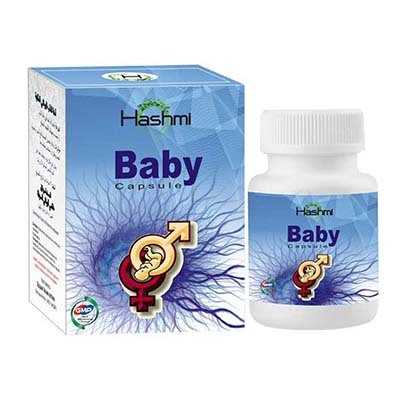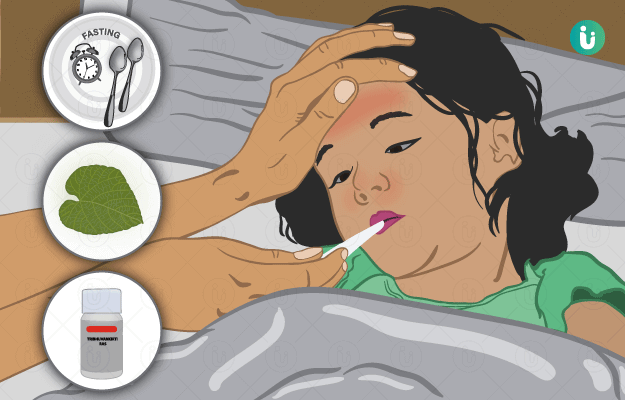Are you down with a fever? Is the fever sapping all the energy out of your body? Well, it is quite true that having a fever can drain your charm, energy and willingness to do anything. Soaring temperatures, constant headache, excruciating muscle aches and weird lingering taste are never a pleasant feeling to suffer from. Fever, in itself, carries a bunch of other symptoms like weakness, fatigue, dehydration, which only make the situation worse.
Though it may make you feel miserable, fever is actually a sign that your body is actively fighting against infections. You may or may not have noticed it as much but your body temperature keeps on fluctuating from normal every time a pathogen strikes your immune system. So, if you are suffering from a mild fever, it is best to let it be and wait for it to subside on its own.
But if you are too troubled with the heat and want to tone it down a notch, you can try some home remedies in the comfort of your home. Unlike over the counter medicines these do not have any side effects and help ease your fever blues as effectively as any pill.
In this article, you will be enlightened with these excellent domestic options to cure your fever. Stick to the article to know all about it.
















